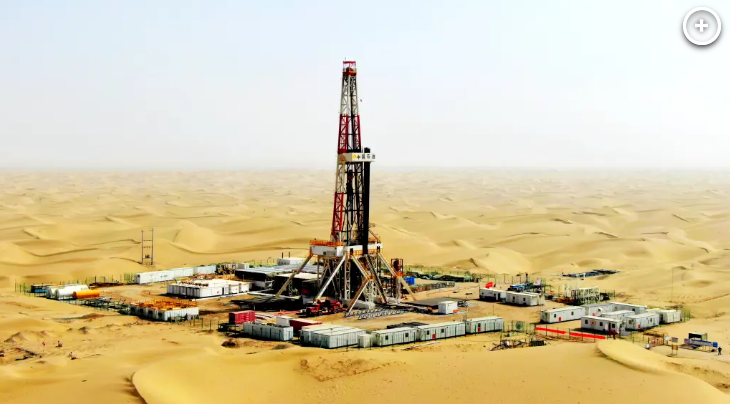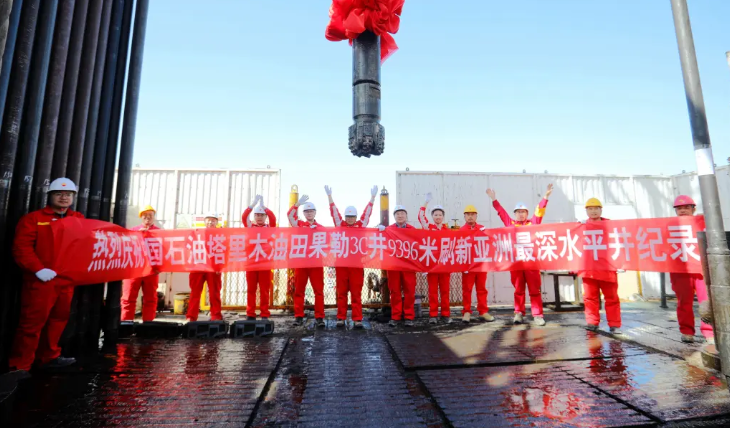The Asian nation has begun drilling a more than 32,800-foot-deep hole into the Earth’s crust as part of a so-called research project in the nation’s oil-rich Xinjiang region, according to state media.
The venture is being led by state scientists as a means to further China’s deep Earth exploration venture launched by President Xi Jinping in 2021, the Xinhua News Agency reported.
The digging of China’s deepest ever hole began on Tuesday in the Tarim Basin, near the nation’s Tarim Oilfield.
Sun Jinsheng, a scientist at the Chinese Academy of Engineering, said the project will penetrate more than 10 layers of rock into the Earth’s crust that would feature stones dating back some 145 million years.
Jinsheng, however, noted that a project of this size can be fairly dangerous, with the risks amplified given that the digging site is in the brutal Taklamakan Desert, which features a harsh environment and complicated underground conditions.
“The construction difficulty of the drilling project can be compared to a big truck driving on two thin steel cables,” he told Xinhua.

China has begun drilling a more than 32,800-foot-deep hole into the Earth’s crust in the nation’s oil-rich Xinjiang region, according to state media.
VCG via Getty Images
The drilling is expected to take about 457 days and is being led by the China National Petroleum Corp, which will use the project to test underground drilling machines and gather data on the Earth’s interior.
The project comes as the Chinese president urged world scientists to ramp up studies on the Earth’s interior during a speech in 2021.
Jinping said the studies were necessary in order to identify energy resources and assess the risks of environmental disasters, such as volcanic eruptions and earthquakes.

The project is led by state scientists to further China’s deep Earth exploration venture launched by President Xi Jinping in 2021.
VCG via Getty Images
The groundbreaking at the drilling site came as China also sent its first civilian astronaut into space from its launch site at the Gobi Desert.
The spacecraft, Shenzhou-16, or “Divine Vessel”, and its three passengers were launched on Tuesday morning from the Jiuquan Satellite Launch Centre to China’s now fully operational space station.